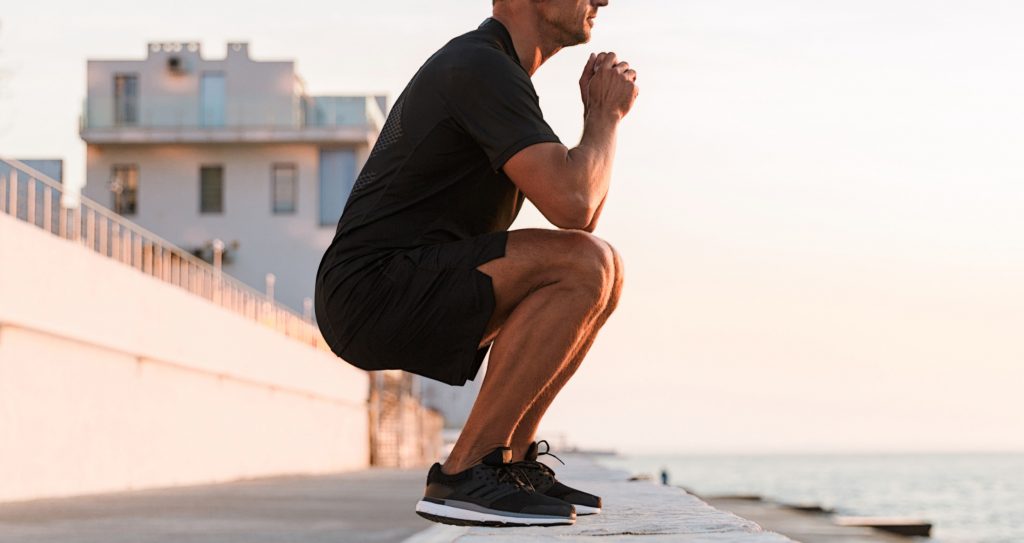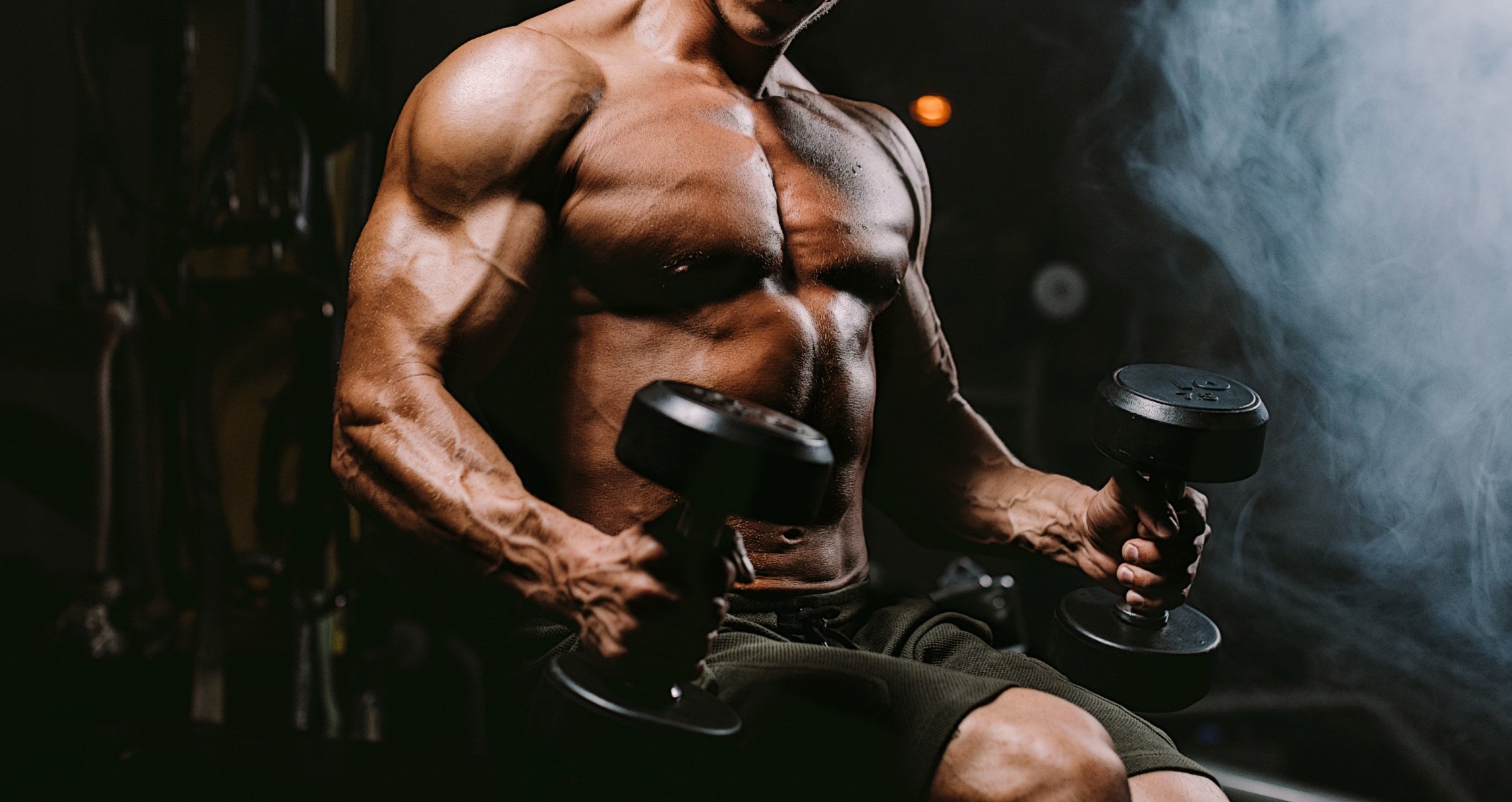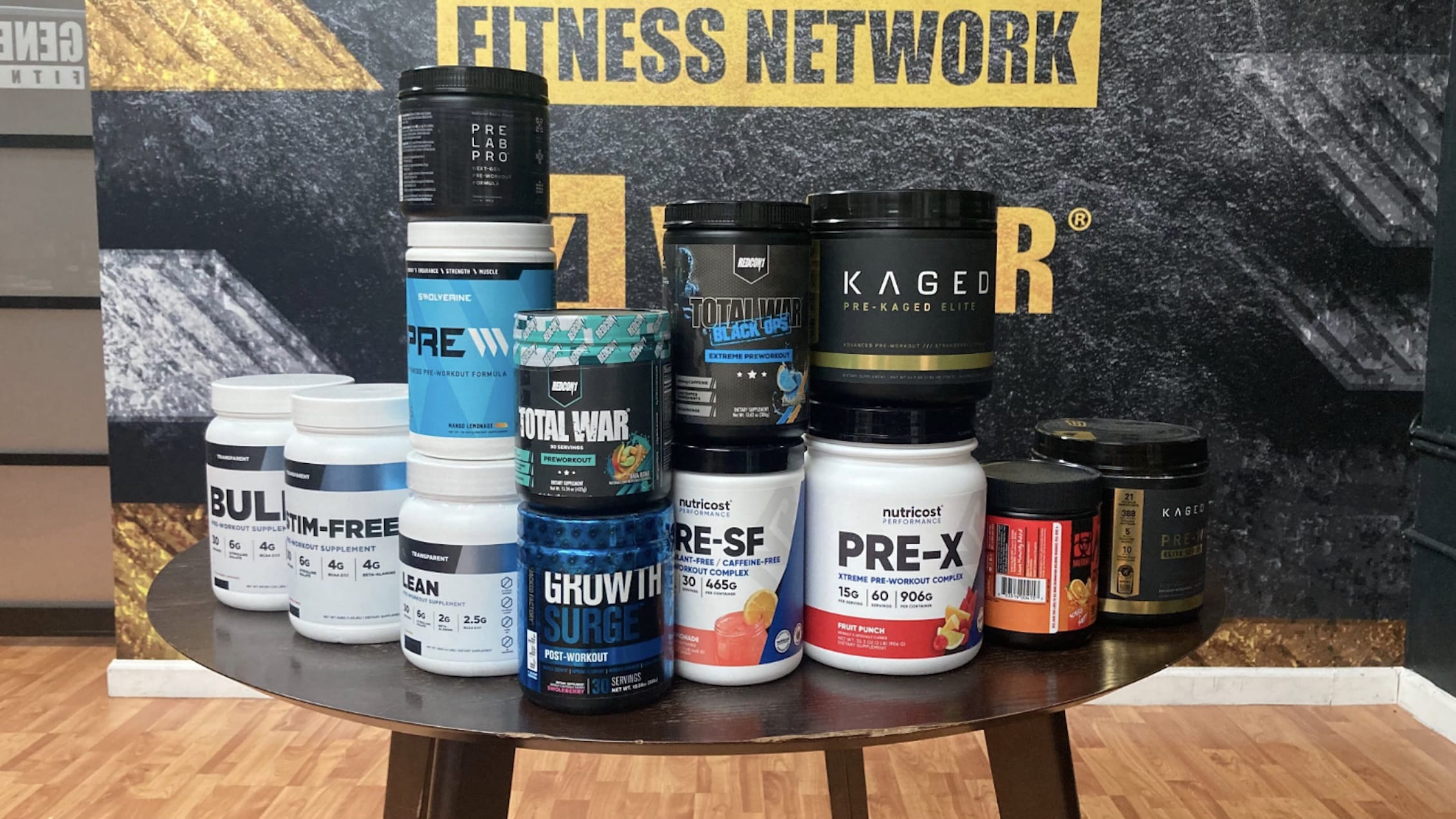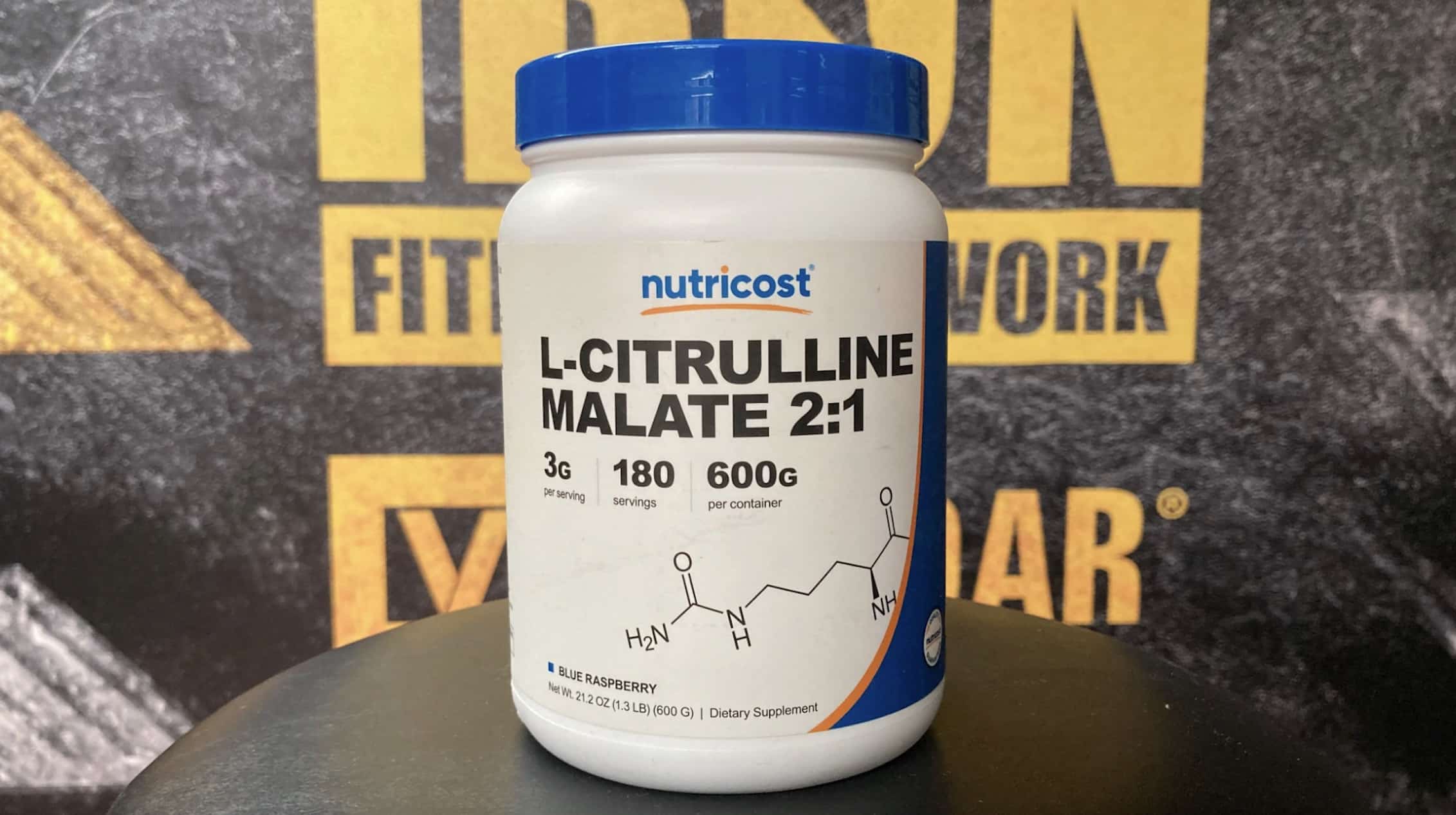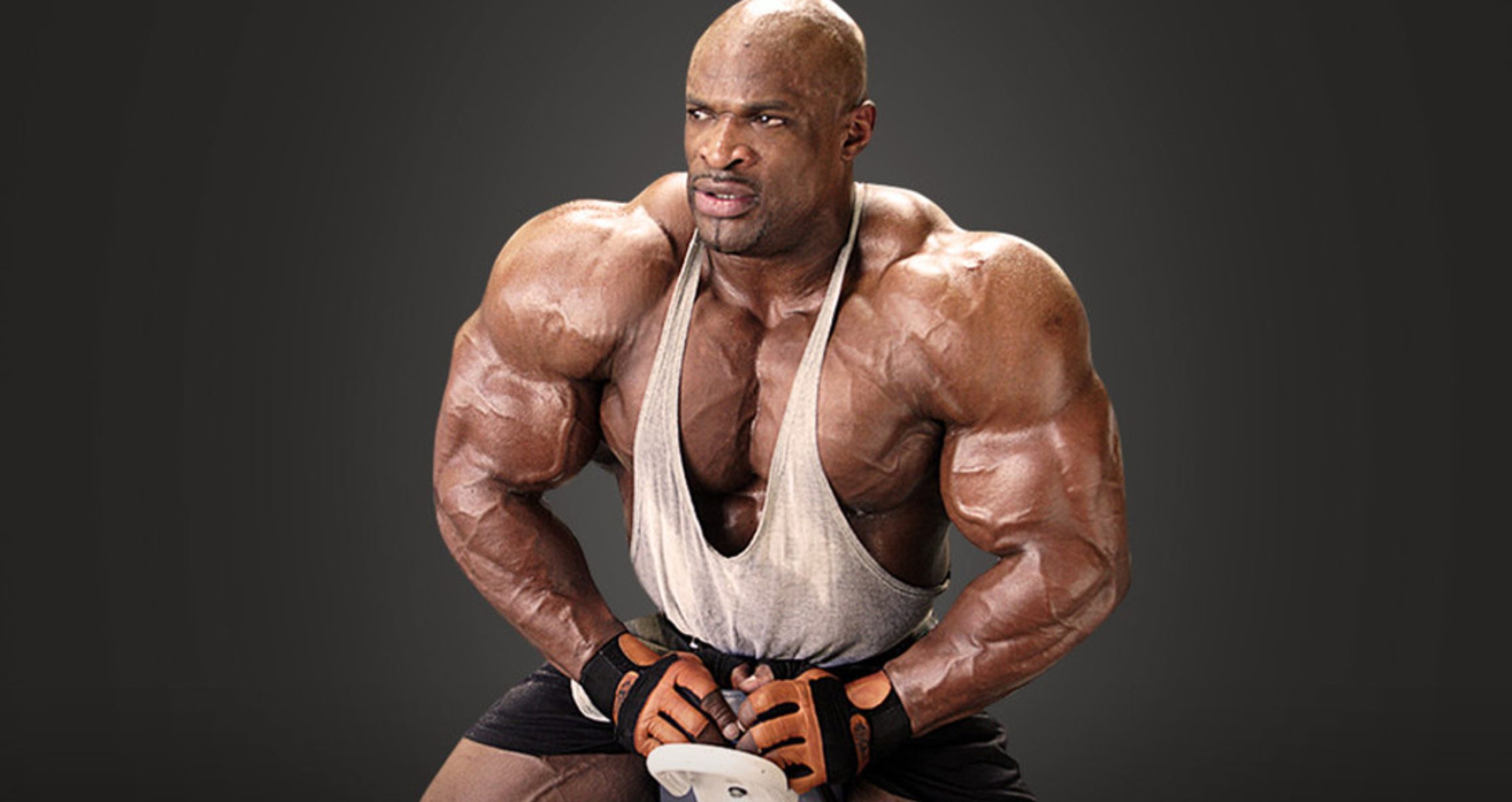Plate squats make an effective lower-body warm-up and muscle endurance exercise.
Squats are among the best exercises for building and strengthening the lower body. They’re highly functional, enhancing balance, coordination, and overall movement efficiency. Additionally, squats help develop explosive strength and burn calories, making them an excellent tool for improving body composition.
Interestingly, lower-body exercises like squats can also stimulate the release of testosterone, a key growth hormone essential for muscle development (1). Thus, squats are a powerhouse exercise for boosting overall performance and supporting muscle growth.
While there are countless squat variations, this article focuses on plate squats. What makes them beneficial? Which muscles do they target? How effective are they for building strength and muscle? This guide answers these questions, offering a detailed step-by-step tutorial on performing plate squats correctly. Plus, it explores some alternative exercises to target similar muscles. Let’s dive in!
Technique & Muscles Worked
Plate squats are an interesting squat variation that works similarly to muscles in a traditional squat. These muscles are the quads, hamstrings, adductors, abductors, glutes, abs, and obliques. This exercise also works your hip and knee joints, improving mobility.
Depending on how you do this exercise, you can tweak it to work specific target muscles. For instance, if you’re doing a plate squat with a wide stance, you tend to focus more on your inner thighs, glutes, and hamstrings. Conversely, a plate squat using a narrower stance works your outer thighs, quads, hip, and knee joints. It’s also more effective in improving your range of motion than the wider stance.
There are also different ways to hold the plate when squatting. You could place it close to your chest or extend it forward. This can help build endurance by placing target muscles under constant tension, which is good for muscle growth.
You could also place the plate overhead. The general idea is for the weight plate to act as extra resistance when you squat. This results in better muscle and strength development. It also makes squats more challenging, upgrading from bodyweight squats to using a plate.
Below are step-by-step instructions on how to do plate squats with your plate extended forward.
- Grab a weight plate with both hands and place your feet shoulder-width apart.
- Keep your back straight, squeeze your glutes, and push your chest out.
- Also, brace your core muscles to keep your body fully tensed, but leave a slight bend when you extend your arm forward with the weight plates. This is your starting position.
- Next, take a deep breath, hinge your hips, and bend your knees as you lower your body without rounding your back.
- Go as low as you can and pause at your squat position for about one to two seconds.
- Finally, drive through your heels and slowly raise your torso to the starting position.
Benefits
Plate squats are compound movements that you must add to your exercise catalog. The benefits are endless. Let’s take a look at some of them below.
Builds & Strengthens the Lower Body
Plate squats are effective for building the lower body. Like bodyweight squats, they work the quads, hamstrings, glutes, and, to a certain degree, the calves (2). However, the added weight gives you muscular, well-toned legs and significantly improves mobility, flexibility, stability, and coordination.
Activates the Core Muscles
Your core muscles are essential for stability, balance, and proper exercise form. This exercise is a great way to activate and work your core muscles, which prevents injuries, improves exercise performance, and improves posture.
Strengthens the Joints
The plate squat is an effective way to improve joint mobility and strength. In addition to working target muscles, this exercise works the knee and hip joints. Constant flexion and extension of these joints improve flexibility, mobility, and explosive power.
Great for Warm-Ups
Plate squats are a great way to prepare your body for a more advanced squat or an Olympic lift since the resistance requires less load than other compound lower-body movements like barbell squats. This exercise warms up your core and lower body muscles and gives you the correct posture for different exercises, improving your exercise performance.
Build Muscle Endurance
Due to the lighter load, you can perform more reps and take fewer rests between sets, building your muscle endurance.
Plate Squats Alternatives
As listed above, plate squats have many uses. They can be used for warm-ups, to work your core, and to build your lower body muscles and joints. However, varying your exercises using alternatives can help improve muscle and strength and avoid a training plateau. Below is a list of other options to build similar muscles.
45-Degree Leg Press
The 45-degree leg press is an excellent leg-building exercise, similar to plate squats. Both work identical muscles and strengthen joints. Setting the machine at a 45-degree angle emphasizes the hamstrings, quads, and calves.
Plate Deadlift
Plate deadlifts are a unique form that requires holding weight plates to perform deadlifts. This exercise mimics the popular barbell deadlift and works different muscle groups. It builds mass in the back and works the calves, hamstrings, quads, and glutes while boosting forearm growth and grip strength.
Plate Glute Bridge
The plate glute bridge is an excellent exercise that works similarly to the muscles used in plate squats. To do this routine, place a plate just below your abs, which acts as extra resistance when doing its movements. Plate glute bridges primarily work the glutes and improve hip mobility and flexibility.
FAQs
Can glute bridges replace squats?
To a certain extent, squats and glute bridges are similar in building muscles and strength. However, while squats work on building the core, lower body, and hip-knee joints, the glute bridge primarily targets the glutes. Glute bridges also work your core, lower back, and hip joints.
Is it good to squat a plate?
Yes, one can squat with a plate. It’s a good way to improve your squat ability and build muscles and strength faster than bodyweight squats. The extra resistance from the weight plates adds tension to the target muscles.
What are the benefits of plated squats?
Plated squats are great for building coordination, balance, and flexibility. This exercise also works your core, strengthens your hip-knee joints, and builds your lower body muscles. For more benefits from this exercise, check out the guide above.
Follow Generation Iron on Instagram, Facebook, and Twitter for more exercise guides!
References
- Wilk, M., Petr, M., Krzysztofik, M., Zajac, A., & Stastny, P. (2018). Endocrine response to high intensity barbell squats performed with constant movement tempo and variable training volume. Neuro endocrinology letters, 39(4), 342–348.
- Takai, Y., Fukunaga, Y., Fujita, E., Mori, H., Yoshimoto, T., Yamamoto, M., & Kanehisa, H. (2013). Effects of body mass-based squat training in adolescent boys. Journal of sports science & medicine, 12(1), 60–65.
